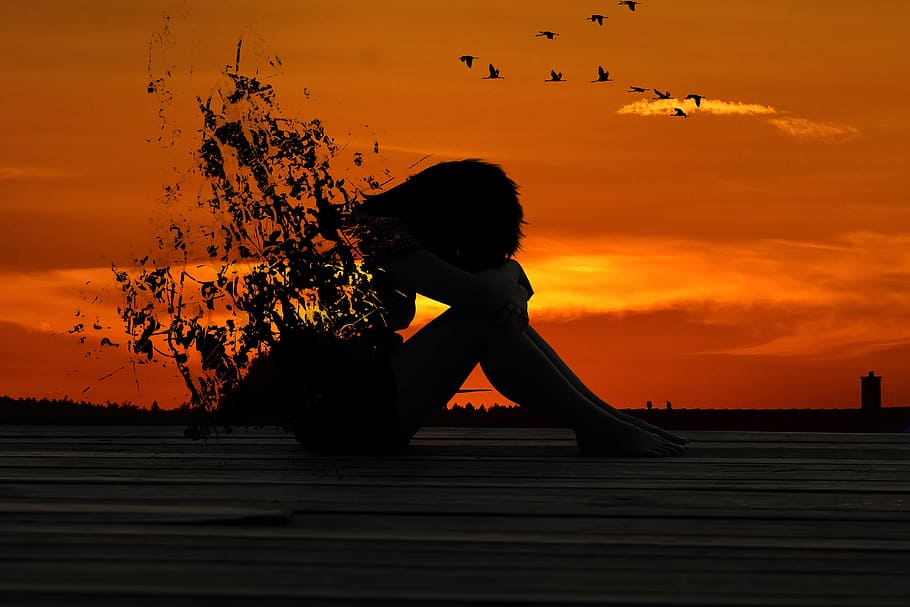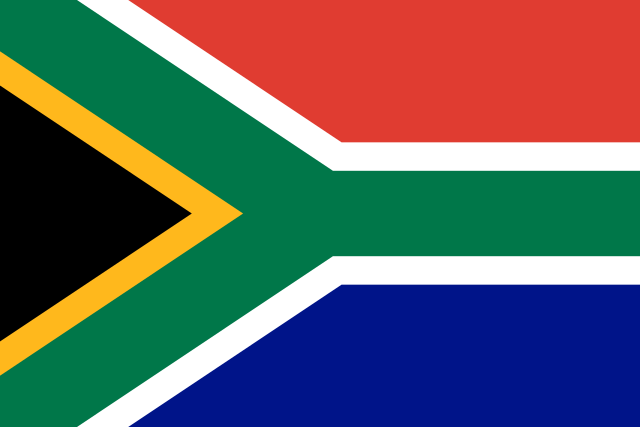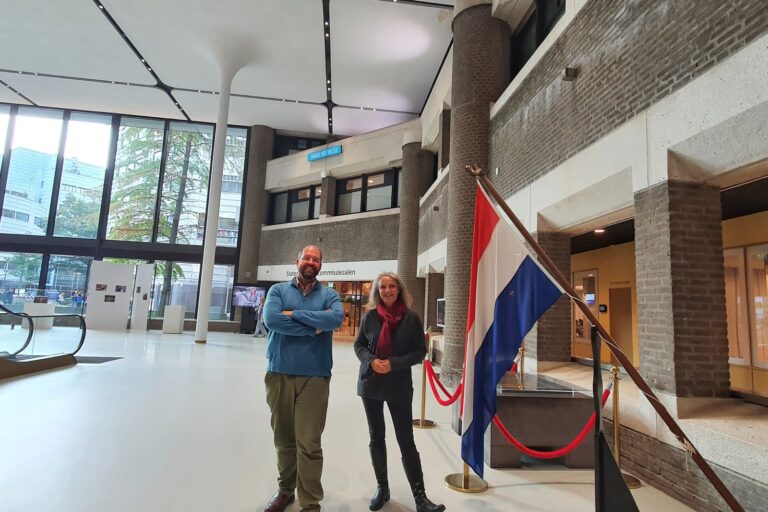History shows us how gender discrimination and the idea of the man at the head of the family was fully integrated into our societies, and laws.

Until 1964 women mostly lost their Dutch nationality automatically when marrying a foreigner. If they did not get the other nationality through marriage and didn’t make use of opportunities of getting the other nationality they even became effectively stateless.
Although I always say that the Dutch nationality law changed a lot in 1985 and 2003 for women 1964 is also very important. Currently the Dutch nationality law still has articles to correct this previous gender discrimination. It allows those women to get their Dutch nationality back within one year of divorce or becoming a widow.
Also children of Dutch (born) women married to foreigners wouldn’t get the Dutch nationality until 1985 and to correct this they, and their children, can get the Dutch nationality through the so called latent option.
Prior to 1964 if the law of the other country offered married foreign women to easily register or opt for the nationality and the Dutch woman didn’t make use of that she would become stateless.
The Dutch nationality law of 1892 initially stated a Dutch woman lost her nationality upon marrying a foreigner full stop, WNI Art 5 and Article 7 paragraph 2.
The Dutch law stated that the woman ‘had’ (followed) the nationality of the husband. Thus a foreign woman marrying a Dutch man would become Dutch upon marriage. However, for a Dutch woman it did not consider if the other country’s law did indeed grant the woman the same. Where this was not the case, statelessness was the result.
The Dutch nationality law was in 1937 changed retrospectively back to 01 July 1893. The law was adjusted to state so that the woman would still lose the nationality if she had an easy possibility to get her husband’s nationality due to their marriage. So if the country did not have an easy registration or option process for a married foreign woman then the woman would stay Dutch.
If the country did have such possibilities then she would lose her Dutch nationality and thus become stateless at marriage until she did. Some women didn’t realise this as at the time many countries did grant foreign women their nationality upon marriage. However, not all countries did and where available the necessary option or registration wasn’t always explained. Those women often lived stateless (not always realising this) for a period of time.
Statelessness has often been associated with refugees but even today women in certain countries can still become victims of old discriminatory patriarchal laws. Even though the League of Nations started to address statelessness following WWI with for example the Fridtjof Nansen passports in 1922.
In 1930 in the Hague the League of Nations agreed to a protocol relating to statelessness: “In a State whose nationality is not conferred by the mere fact of birth in its territory, a person born in its territory of a mother possessing the nationality of that State and of a father without nationality or of unknown nationality shall have the nationality of the said State.” As I explained it took the Netherlands until 1937 to change its nationality law but did this retrospectively.
The Netherlands was also one of the first countries to sign the 1954 Convention Relating to the Status of Stateless Persons. However, for these women it wasn’t until it agreed to the 1961 Convention on the Reduction of Statelessness that it saw the need to change the Dutch nationality law effective 01 March 1964.
Thus, if you are a women and you lost your Dutch nationality before 1985 and if you divorce or your husband passes away you can get your Dutch nationality back. Be quick though as you need to do this within a year.
If you are the child of a Dutch mother and foreign father born prior to 1985 then you can get the Dutch nationality you were never given.
For further advice or assistance don’t hesitate to contact us.


